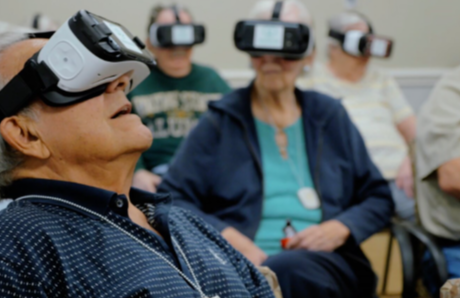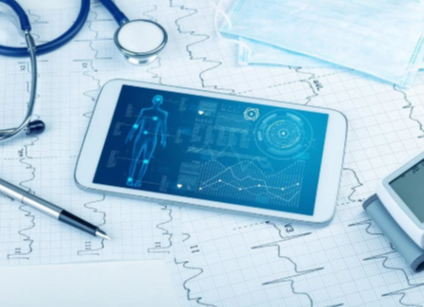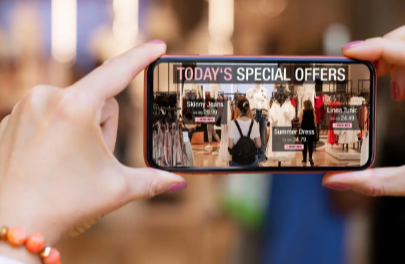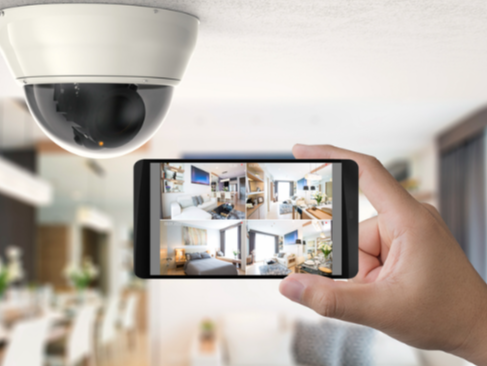How Virtual Reality Is Helping Us Understand the Past

Virtual reality (VR) offers a unique lens through which individuals can engage with historical events. By simulating immersive experiences, VR allows users to navigate significant moments in history. This method not only enhances retention but also fosters empathy towards historical figures and their contexts. As educational institutions increasingly adopt VR technologies, questions arise about its long-term impact on historical understanding and research methodologies. What implications might this have for future generations?
Immersive Experiences: Walking Through History
As virtual reality (VR) technology continues to advance, it offers unprecedented opportunities for immersive experiences that allow users to walk through historical events and environments.
This sensory immersion effectively simulates time travel, enabling participants to engage with significant moments in history.
Studies indicate that such experiences enhance retention and understanding, fostering a deeper connection to the past while promoting a sense of freedom in exploration.
Engaging With Historical Figures
Engaging with historical figures through virtual reality (VR) creates a unique platform for users to interact with pivotal personalities from the past in a dynamic and impactful manner.
This immersive character interaction fosters historical empathy, allowing individuals to grasp complex motivations and societal contexts.
Read more: The Future of Smart Health Devices
Educational Applications of VR in History
While traditional methods of teaching history often rely on textbooks and lectures, the integration of virtual reality (VR) into educational settings offers a transformative approach that enhances learning outcomes.
Historical simulations create immersive experiences, allowing students to interact with pivotal events.
Additionally, interactive timelines facilitate a deeper understanding of chronology, fostering critical thinking and engagement.
Ultimately, this approach empowers learners to explore history with newfound freedom and insight.
The Future of VR in Historical Research
How might virtual reality reshape the landscape of historical research in the coming years?
By enhancing data visualization, VR will enable researchers to interact with complex datasets and historical narratives more intuitively.
Additionally, archaeological simulations will facilitate immersive explorations of ancient sites, allowing scholars to analyze structures and artifacts in unprecedented detail.
Ultimately, this will transform methodologies and foster a deeper understanding of historical contexts.
Conclusion
In conclusion, virtual reality serves as a time machine, transporting users into the heart of historical events and fostering a profound understanding of the past. By immersing individuals in interactive experiences and facilitating connections with historical figures, VR not only enhances educational outcomes but also cultivates empathy and critical thinking. As the technology evolves, its potential in historical research promises to reshape our comprehension of humanity’s narrative, bridging the gap between the past and present in unprecedented ways.



